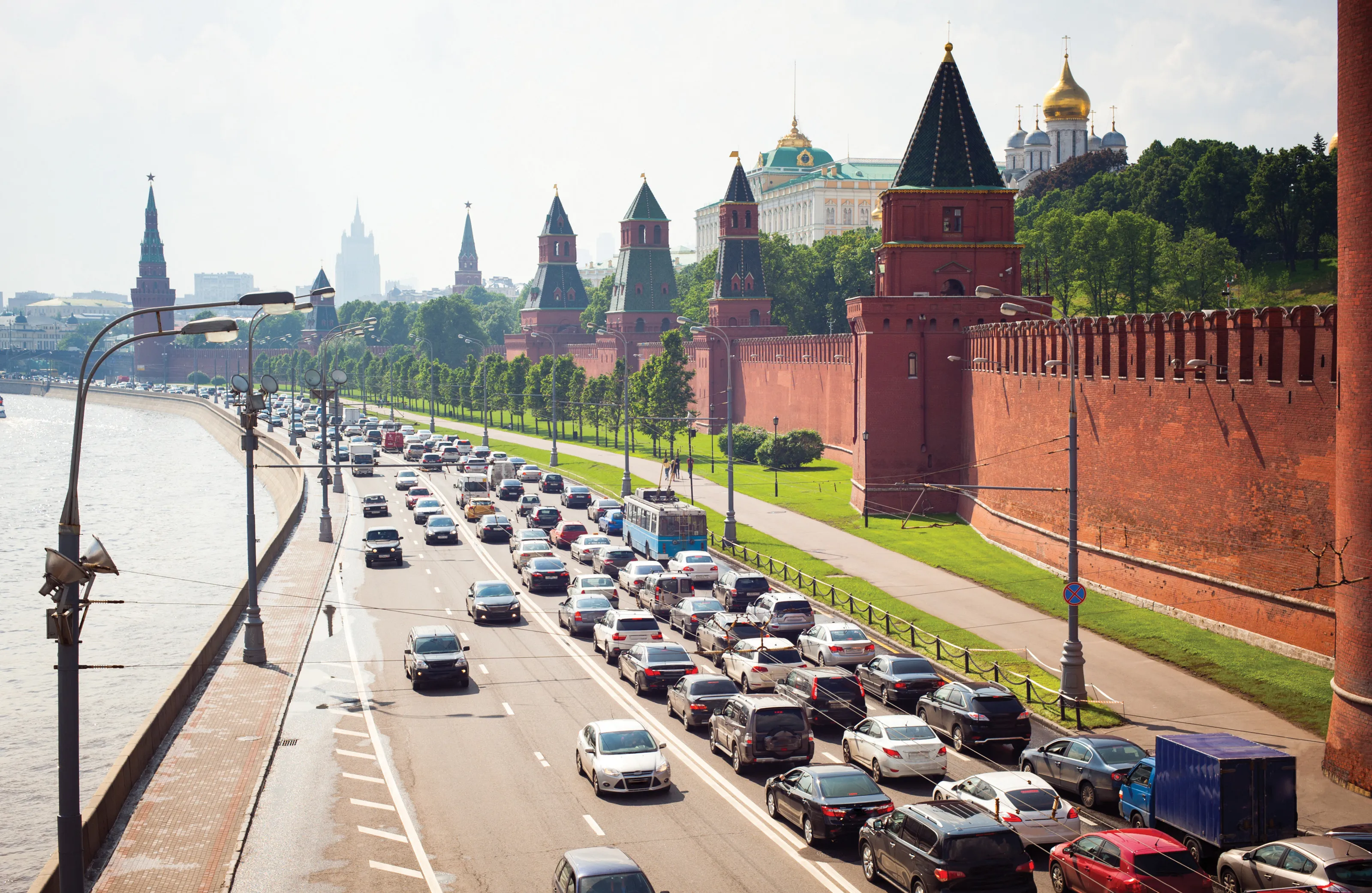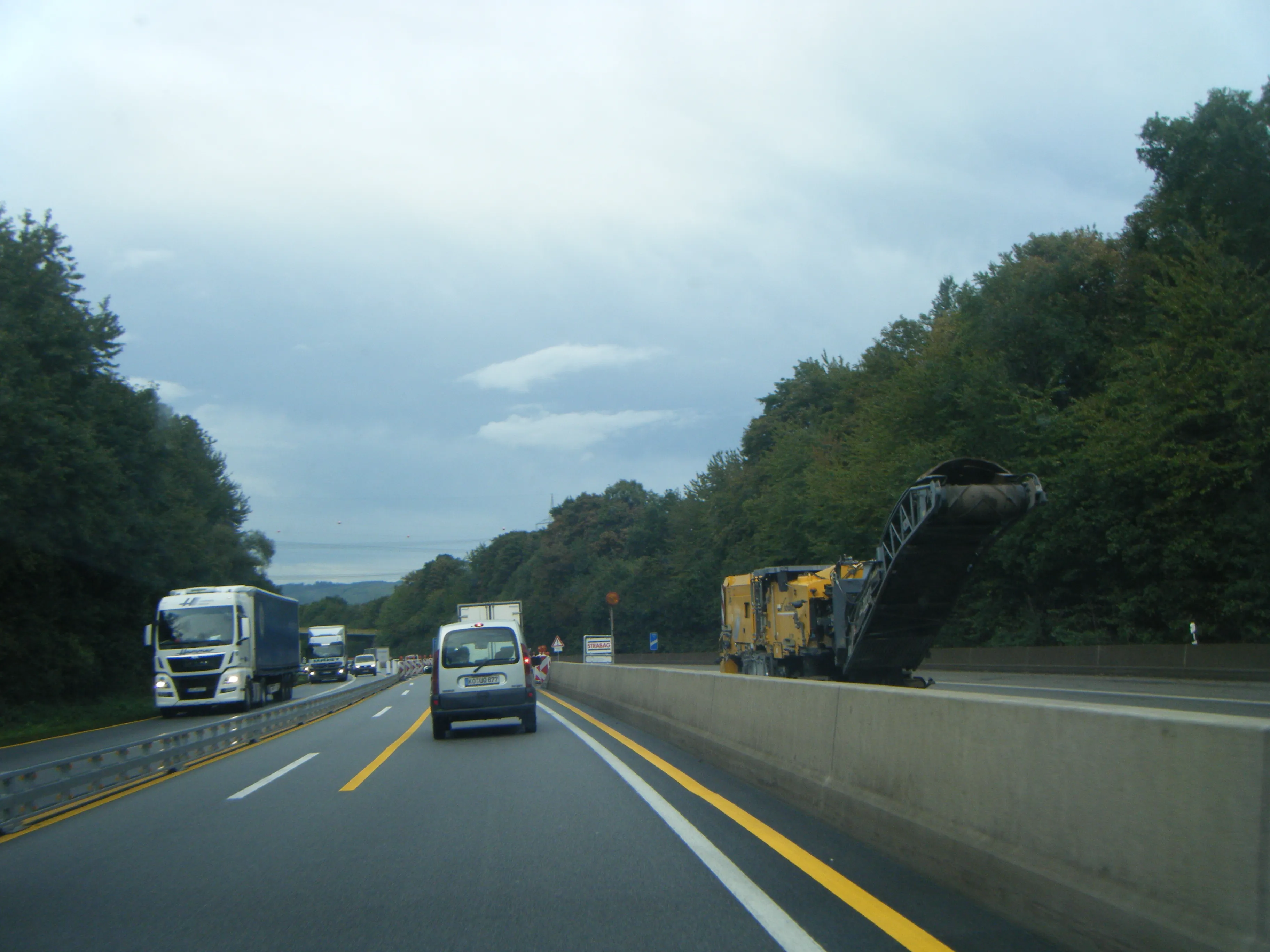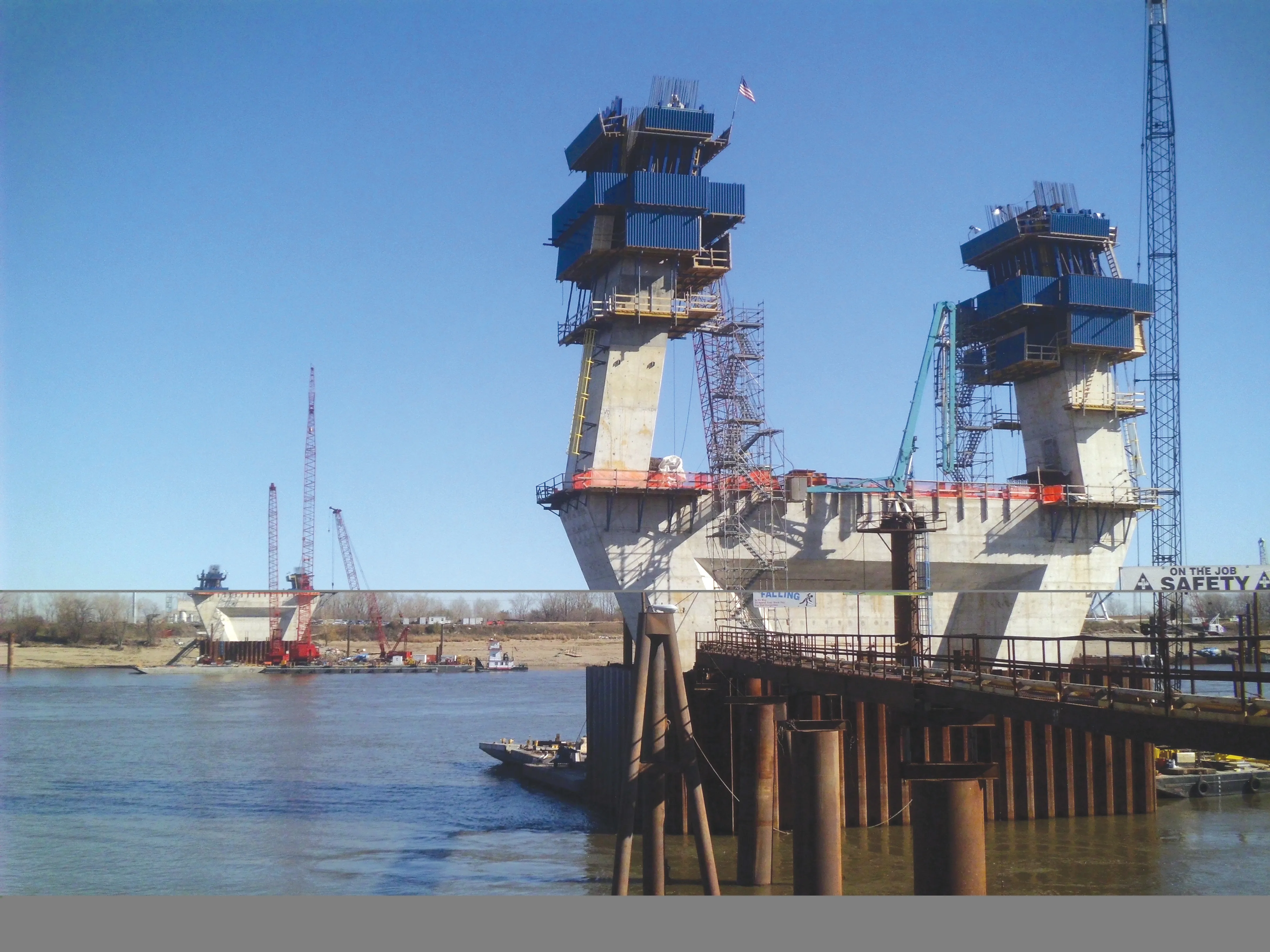Eugene Gerden evaluates Moscow’s new ring road mega project The Russian government plans to complete implementation of one of the most ambitious projects in the country’s road building industry in recent years, which involves construction of The Central Ring Road around Moscow by 2018. The new road should be built by the next presidential elections, while its length will be 339km. It is expected to be comprised of five sections and will be located 50km away from Moscow Ring Road, a ring road encircling the
September 30, 2013
Read time: 7 mins

Eugene Gerden evaluates Moscow’s new ring road mega project
The Russian government plans to complete implementation of one of the most ambitious projects in the country’s road building industry in recent years, which involves construction of The Central Ring Road around Moscow by 2018. The new road should be built by the next presidential elections, while its length will be 339km. It is expected to be comprised of five sections and will be located 50km away from Moscow Ring Road, a ring road encircling the City of Moscow.The road will have 4-8 lanes in each direction, with the maximum permitted speed 120-140km/h. In accordance with the project, the new road will be based on existing small and large Moscow ring roads (the so-called first and second ‘betonkas’) and will partly pass through the Moscow - Minsk and Moscow - Saint-Petersburg highways.
The road will be comprised of five start-up facilities. Building of each of them will go in two stages. At the initial stage there are plans to build four lanes, while later other lanes will be added.
Most of the road will be tolled, except the 5th start-up facility. Charges for road sections that will be built without the involvement of investors, at the expense of the federal budget, will be in the range of 1-1.5 Roubles/km for passenger cars and 4 Roubles for trucks. Charges for those sections that will be built on the basis of public-private partnership will be higher, however, according to the official representative of the Russian
The new Central Ring Road will be equipped with road traffic automated control systems with weather stations and landing sites for air ambulance and rescue services’ helicopters. There are also plans for installation of noise barriers close to settlements.
During the building of the road environmental issues are expected to be also taken into account, through the building of a system of storm water drainage and special crossings for animals.
It is planned that The Federal Road Agency (Rosavtodor) will be responsible for the implementation of the project and will manage it.
The total volume of investments in the building of the road is estimated at 300 billion Roubles (US$10 billion). Of these, 150 billion Roubles are expected to be provided by the National Welfare Fund, 74 billion Roubles from the state budget, while the remaining 76 billion Roubles will be private investments, which will be allocated on the basis of concession agreements.
After 2020, the construction of the Ring Road will continue and it will become part of the pan-European highway from London to China, passing via Berlin and Moscow.
According to Russia’s Minister of Transport Maxim Sokolov, during the second phase of the project the road will be extended up to 6-8 lanes. The second stage of the project also involves construction of a second start-up facility, which will be connected with the Large Moscow Ring Road from the west of the city.
In fact, the decision for building the road was taken in 2001, with the aim to unload the Moscow Ring Road and redirect some traffic flows around Moscow, however, due to global recession and its consequences, the implementation of the project was suspended. According to initial state plans, building of the road should be started after 2025, because of its high costs, however, due to the ever growing expansion of Moscow boundaries and a recent imposition of a ban on the movement of freight transport on the Moscow Ring Road during the daytime, it was decided to start construction works this year.
In addition, according to Andrei Vorobyov, the governor of the Moscow region, another reason for building the new road is the ever growing population of the region, which increases by about 250,000 people/year. The new road will also help to reduce traffic passing through Moscow en-route to other destinations.
This will be sufficient for the massive construction of warehouses, hotels, coffee shops, shopping centers and facilities, specialising in cargo businesses.
However, the implementation of the project may face serious problems and in particular with the protests of ecologists against the felling of Khimki Forest, as the road will pass through it. There is also a problem with the redemption of land.
Building of the road will be associated with massive wood-felling. The project involves felling up to 2 million m2 of forests, and has already been criticised by many environmental organisations, including WWF, which believe that such activities will destroy a significant part of Moscow wood resources. The only way to decrease the volume of deforestation is to reduce the right of way, although this will reduce the investment attractiveness of the project.
At the same time, in addition to protests of ecologists, the implementation of the project is criticised by the owners of land plots, which are expected to be bought out by the state. The majority of them believe that the compensation for their land will be significantly underestimated, as officials complain about high costs of such deals.
A massive influx of workers from abroad, in particular former Soviet States, is expected to be another major problem. According to preliminary estimates, the project will attract up to 200,000 workers, mostly migrants from central Asian, which may result in increasing social strains in the whole Moscow region.
At the same time some Russian analysts have criticised the project as such, considering it as mad. According to Peter Shkumatov, head of The Society of Blue Buckets, (a free protest movement that emerged in Russia in 2010 as a response to the arbitrary, self-serving use of emergency rotating blue flashers by public servants), building the road is unnecessary.
Shkumatov believes that the problem of through traffic has arisen from the fact all roads lead to Moscow and there is no road that connects directions, with all the cross-roads closed in Moscow and the Moscow region.
Shkumatov said, “The situation in the surrounding areas is close to catastrophic, as the majority of the local population lives below the poverty line. The new road should be built on their territories in order to improve the economic situation in these regions. This will result in the development of these cities and territories, whose inhabitants will no longer need to go to Moscow. Instead of this, a lot of money is invested in the transformation of Moscow into the centre of all traffic.”
Analysts also believe that building of the road may have the opposite effect, as it will become a new Moscow Ring Road and will lose its transit point.
At the same time another reason for building the road, according to the critics, is to reduce the travel time for citizens of Rublevka, a prestigious residential area west of Moscow, (where real estate prices are some of the highest in the world) to the Moscow airports. At the same time located 50km distance away from Moscow it will not disturb the inhabitants of elite cottage settlements of the Moscow region, most of which are located within 30km from the Moscow Ring Road.
However the Russian Government has plans to continue the implementation of the project, especially due to the fact that it is personally controlled by Russia’s president Vladimir Putin, who has already ordered the government to prevent any speculation and corrupt schemes associated with the redemption of land, and to set affordable charges for the use of the road.
Putin said, “There is a need to minimise the cost of the project. It is clear that each area has its own length, its own investors, its specificity and its economy. In order to ensure successful implementation of the whole project and good returns for both investors and federal budget, there is a need a make a schedule of the launch of each section of the road.”
Putin also believes that the new road will be a good solution to Moscow’s current traffic problems, while its building will be a more reasonable and affordable proposition than building a dozen roads to bypass Moscow among the adjacent areas, as proposed by critics of the project. The payback period of the project is expected to be 20 years.
So far, two sections of toll roads have already been opened in Russia and in particular in Lipetsk measuring 50km long, and a 20km link in the Moscow region. In September this year, another 35km section of the M1 highway in the Moscow region will be opened. The charge for passenger cars in these areas is 1 Rouble/km.









